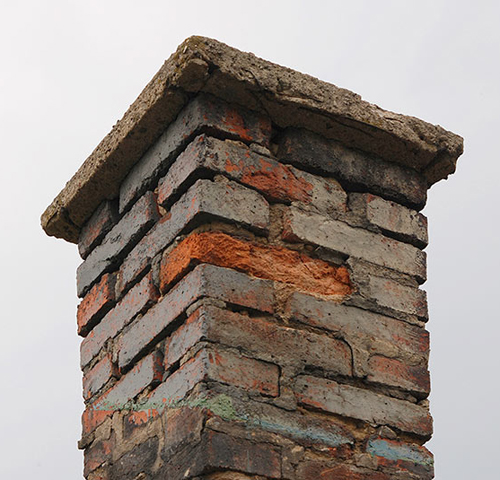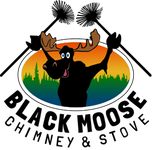
As winter draws to a close and warm weather thaws New Hampshire’s ice and snow, it is time to think about annual chimney maintenance. If your chimney wasn’t waterproofed and ready before cold weather, winter weather might have damaged your masonry.
Hidden Damage
When it comes to the proper function of your chimney, there is no such thing as “a little damage”. Any damage to the chimney is too much damage and can decrease safety and efficiency. Scheduling an annual CSIA chimney inspection is the best way to catch winter damage before it worsens and becomes a serious hazard.
Because a large portion of the chimney system is hidden to the untrained eye, damage can go unnoticed. By the time the average homeowner notices a problem, it has caused extensive unseen damage. This type of damage can be prevented by scheduling a chimney inspection. Additionally, there are ways that you can detect damage by simply paying attention to your chimney system.
Signs of Winter Damage
- A Sudden Decrease in Efficiency
If your fire is hard to light and is increasingly hard to keep lit, then you might have a problem with your chimney system. Another sign of an issue is that it takes more wood than usual to produce the same amount of heat. - A Smoky or Stinky Chimney
If your fireplace is pushing smoke into your home, it isn’t working properly. There may be an obstruction or damage to the masonry or liner that affects the draft. Additionally, mildewy odors from the fireplace mean there is water in the chimney. Water penetration is the single most detrimental thing that can happen to your masonry. - Spalling Bricks and Mortar
If you begin to notice cracks in your masonry or missing mortar and bricks, your masonry is spalling. This is the result of the freeze/thaw cycle on masonry. First, water penetrates the masonry and freezes, expanding and damaging the masonry. The water thaws and moves further into the masonry and repeats the cycle, resulting in spalling masonry. Spalling can be a minor cosmetic issue or a serious structural issue. A certified chimney sweep can make a determination and correct spalling through tuckpointing, the process of removing the bricks and mortar and replacing it. - Interior and Exterior Stains
Winter damage, depending on the weather can create stains on the masonry that are unsightly and can bring down the property value of your home. Stains on the exterior can be corrected and prevented by applying a coat of ChimneySaver water repellent. Interior stains mean the chimney has a leak. The chimney may need repairs and it definitely needs to be waterproofed.
What You Should Do
When winter is over it is time to think about closing out the fireplace and chimney for the off-season. Part of preparing the chimney for the off-season is to have it cleaned and inspected. Having winter damage repaired at the same time means that your chimney system will be ready for the burn season next year.
Get the ball rolling by scheduling an appointment with a chimney expert now. Call Black Moose today.


